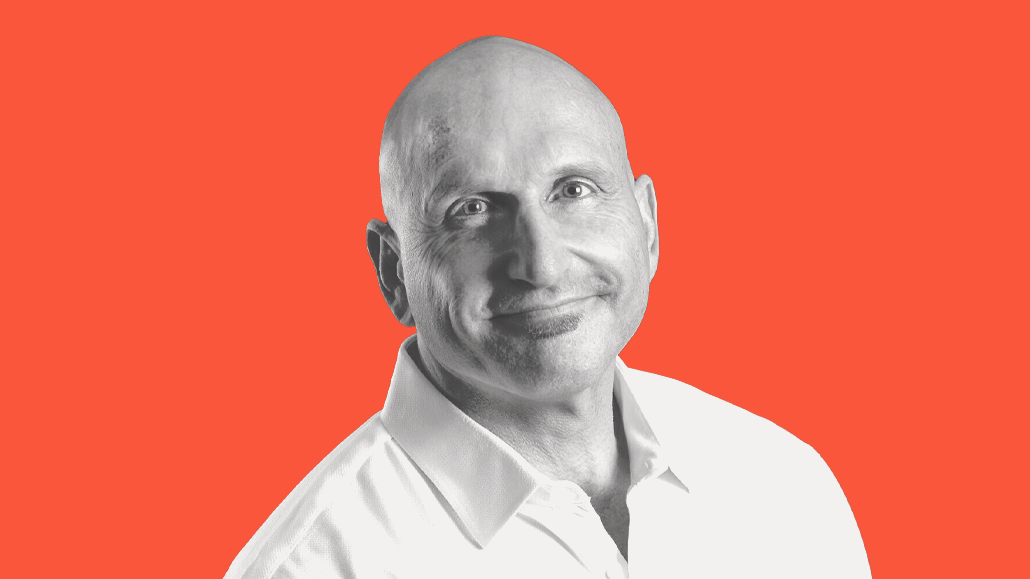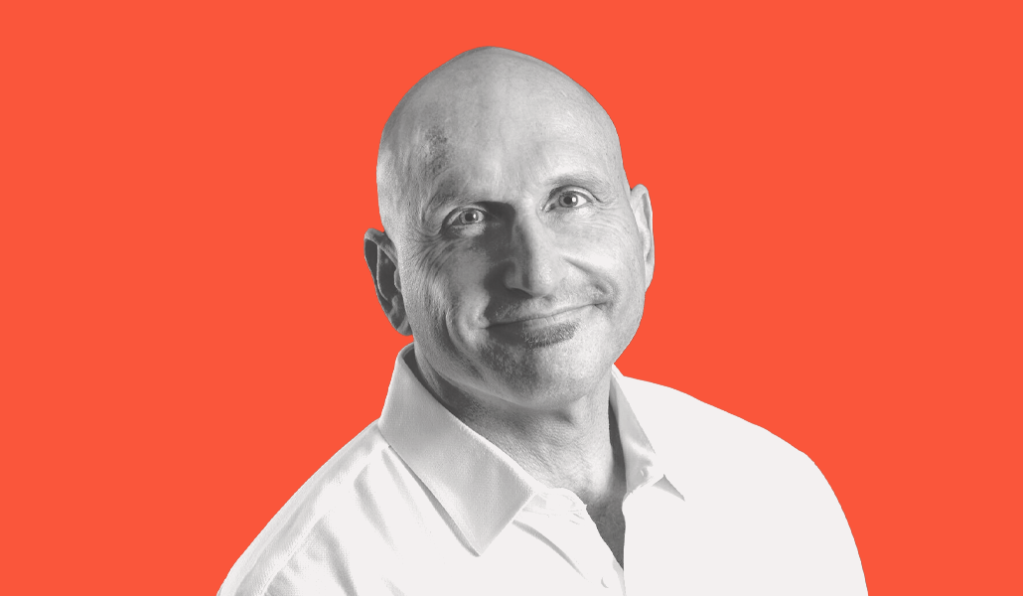How Roblox’s new ad standards could help assuage consumer advocates’ safety concerns

Editor’s note: An earlier headline for this article implied that the explicit purpose of Roblox’s new ad standards was to address consumer advocates’ safety concerns. While the new updates do address some of the advocates’ concerns, the purpose of the new standards was simply to create transparency and consistency among Roblox served ads and independent ads. We have therefore amended the headline and adjusted the lede to make this clear.
On Wednesday, Roblox announced a slate of new ad standards and policy changes, the latest update on its plans to enter the online advertising market in 2023. The goal of the new standards is to increase transparency around Roblox’s ad offerings — which could help assuage consumer advocates’ concerns about child safety on the metaverse platform.
Roblox’s player base has traditionally been dominated by users aged 13 or less, but Roblox chief business officer Craig Donato told Digiday that advertisers’ coveted 17-24 age bracket is the platform’s fastest-growing demographic group. At last year’s Roblox Developers Conference, CEO and founder Dave Baszucki told attendees that over half of Roblox users are 13 or older.
“We’re starting to see content that’s really targeting the 17-plus audience,” Donato said.
Despite these demographic shifts, Roblox remains wildly popular among children in the United States. The growing presence of brands on the platform has sparked concerns among some consumer advocates, who worry that children might not be able to easily parse the difference between unbranded Roblox experiences and so-called “advergames.”
Yesterday’s updates directly addressed some of these concerns. Moving forward, Roblox is implementing a new advertising API to ensure that neither Roblox-served ads nor developers’ independent ads will be shown to users under 13 years old. All Roblox developers will have to explicitly disclose when one of their experiences is a paid-for advertisement, although they will ultimately be allowed to make the call themselves regarding whether or not their content is an ad.
To learn more about the strategy behind Roblox’s new ad standards, Digiday contacted Roblox’s Donato for the following annotated Q&A.
This conversation has been edited and condensed for length and clarity.
On the parallels between Roblox and social media platforms

Donato:
Brands need to think about how they establish a presence in this world, to engage with consumers. I remember when the web came about, and brands were like, “we need a website” — and that was kind of a crazy thing, right? And then social media came about, and brands suddenly said, “oh, we need to have a presence on Instagram and Facebook.”
I think we’re in this moment where, in January, we had 5 billion hours of usage, predominantly among younger folks, people spending two and a half hours a day plus on our platform — and I think brands are trying to figure out what is the appropriate way to engage consumers on Roblox. It’s a tremendous opportunity, but it’s quite complicated; it’s a brand-new format.

Digiday:
The comparison between the rise of metaverse platforms and the rise of social media is useful, because it lets marketers without gaming experience wrap their minds around why and how they might want to get their brand involved in Roblox. But not all Roblox creators prefer to speak of the platform in these terms.
Matthew Warneford, the CEO of the Roblox development studio Dubit, believes a comparison to television advertising is more apt — and still supports the idea that brands shouldn’t be ignoring Roblox. “Every brand of a certain scale will advertise on TV; they don’t try and build their own entertainment content, necessarily,” he said. “They just go where the audience is. As we see brands get smarter, they’ll realize that not all brands need to have their own award-winning destination.”
On the presence of unlicensed branded content in Roblox

Donato:
This is always something we’re very sensitive to, because we run a giant creator economy, so honoring the rights of creators to own their IP is obviously incredibly important to us. So we respond very quickly to DMCA takedown requests, and there’s all sorts of things we do on the search side. This is something we absolutely take very seriously, and I think we’ve always been incredibly responsive to it.
What we find in some instances, though, is that some brands don’t want to necessarily report it. Sometimes it’s like fan media, where the community is taking their IP and doing all those things. It’s ultimately the brands’ call, and it probably depends on how it’s being used in all these situations.

Digiday:
So far, brands have reacted in vastly different ways to the unlicensed use of their products and logos in Roblox experiences. At the height of the popularity of “Squid Game,” Netflix made no effort to crack down on the multitude of show-inspired experiences that cropped up on the platform; on the other hand, the Roblox experience “Driving Empire” has implemented and removed recreations of real car brands’ vehicles over the past year as players have complained about their unlicensed use.
As Roblox rolls out its new ad standards, brands could warm up to such unlicensed use of their products. Unlicensed brand experiences aren’t paid-for ads, meaning they won’t have to be disclosed as such under Roblox’s new policies.
On the status of third-party ad networks inside Roblox

Donato:
We produced a policy at least six months ago, maybe a year ago, that said you can’t do third-party ad serving. If you’re going to put content in your experience, you need to stand behind it; you can’t have someone else dynamically serve it. It needs to go through our moderation flows, and the data needs to stay on-platform. So with this, we’re just reiterating that.

Digiday:
Roblox’s decision to crack down on third-party advertising networks is a blow to the in-game advertising industry, which already struggles from its lack of premium inventory. As properties like Roblox and Fortnite transform from games into metaverse platforms, they are taking more direct control over their ad inventory, further reducing the amount of game experiences available as inventory for the pre-existing networks.
On the word “advergame”

Donato:
I don’t like that word, because it assumes that, just because a brand is associated with it, it’s advertising. This is the distinction we want to draw. Again, brands are producing TikToks, they’re producing YouTube, they are producing pictures on Instagram. That content is usually just organic content; sometimes it can be considered advertising. We want to be super clear, it’s [an ad] if they’re directly promoting and selling a product or service.

Digiday:
While there is clearly a difference between a branded Roblox experience such as Vans World and billboards inside Roblox, both are ultimately trying to build affinity with a brand — and get Roblox users to spend more money on its products, whether or not there is an ad directly promoting a product or service. Roblox’s new standards will almost certainly lead to increased ad transparency on the platform, but time will tell whether the changes satisfy the consumer advocates who have previously expressed concerns.
More in Marketing

Pitch deck: How Amazon is recasting Twitch as a core part of its CTV pitch
Amazon is positioning Twitch as a defining asset in its CTV ambitions.

Netflix transforms former mall department stores into experiential venues
The location in Dallas opens this week, and one at the King of Prussia mall near Philadelphia opened last month.

Future of Marketing Briefing: AI has created a new talent paradox in programmatic agencies
The job isn’t execution anymore. AI handles that. The job is judgement.








